Cheetahs are one of the most awe-inspiring creatures in the animal kingdom, known for their extraordinary speed and agility. However, they are often lumped together with other big cats like lions, tigers, and leopards. While they share some broad similarities, cheetahs possess several distinct characteristics that set them apart from their feline cousins. In this article, we will explore the unique features of cheetahs through a series of informative subtopics.
Not Your Average Big Cat

While commonly referred to as a big cat, cheetahs differ significantly from true big cats like lions, tigers, jaguars, and leopards. These differences include physical attributes, genetic lineage, and behavioral traits. Unlike most big cats, cheetahs cannot roar due to a differently structured voice box. Their slender bodies also contrast with the more muscular build of other big cats.
The Cheetah’s Unique Anatomy
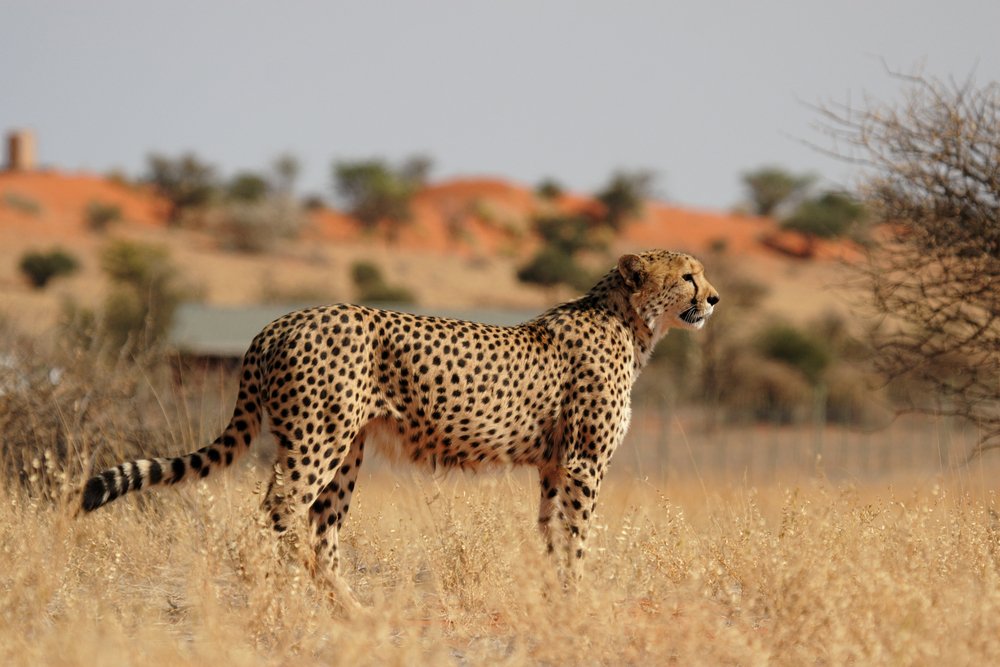
Cheetahs possess a unique anatomy that enhances their incredible speed. Their lightweight frame, long legs, and specialized spine allow them to stretch their bodies while running, increasing their stride length. Additionally, their large nostrils and lungs enable rapid oxygen intake, while a large adrenal gland helps in quick energy release.
Cheetah’s Speed: The Fastest Land Animal
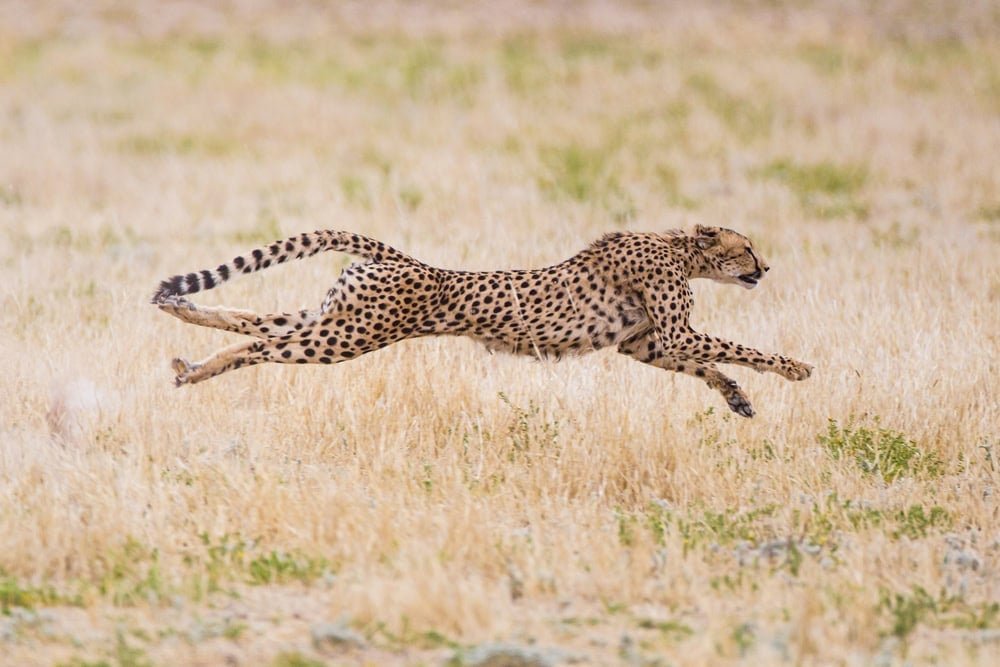
The most famous attribute of the cheetah is its speed. These remarkable creatures can reach speeds of 60 to 70 mph, making them the fastest land animals. This remarkable velocity is attributed to their specialized anatomy, including powerful leg muscles, large heart, and lungs designed for rapid metabolism.
Adaptations for Hunting

Cheetahs are highly adapted for hunting small to medium-sized ungulates. Their keen eyesight allows them to spot prey from long distances, while their camouflage coat helps them approach undetected. Unlike other big cats that rely on strength and stealth, cheetahs depend on their speed to overtake prey in short, rapid sprints.
Social Structure: Solitary Yet Sociable
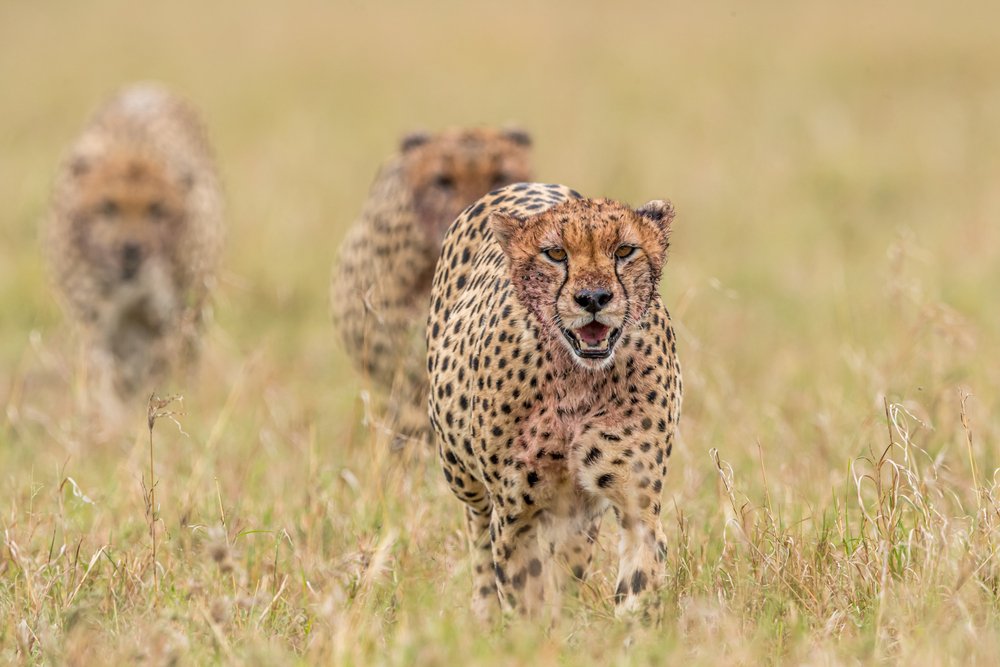
Cheetahs have unique social structures compared to other big cats. Female cheetahs are typically solitary, raising cubs on their own. However, male cheetahs may form small groups called coalitions, often consisting of brothers, which cooperate to defend territory and increase hunting success. This social aspect differs considerably from the pride structure seen in lions.
Vulnerabilities and Threats

Despite being exceptional hunters, cheetahs face many vulnerabilities. Their built-in speed comes at the cost of reduced strength, making them susceptible to other predators like lions and hyenas. Additionally, habitat loss and human-wildlife conflict significantly threaten their populations. Cheetahs require large territories to sustain their lifestyle, further endangering those in fragmented habitats.
Conservation Efforts

The population of cheetahs is declining, primarily due to habitat loss, poaching, and human conflict. Various conservation efforts are underway globally to protect these magnificent animals. Organizations are working on habitat restoration, reducing human-cheetah conflict, and breeding programs to stabilize and hopefully increase cheetah populations.
Genetic Diversity Issues
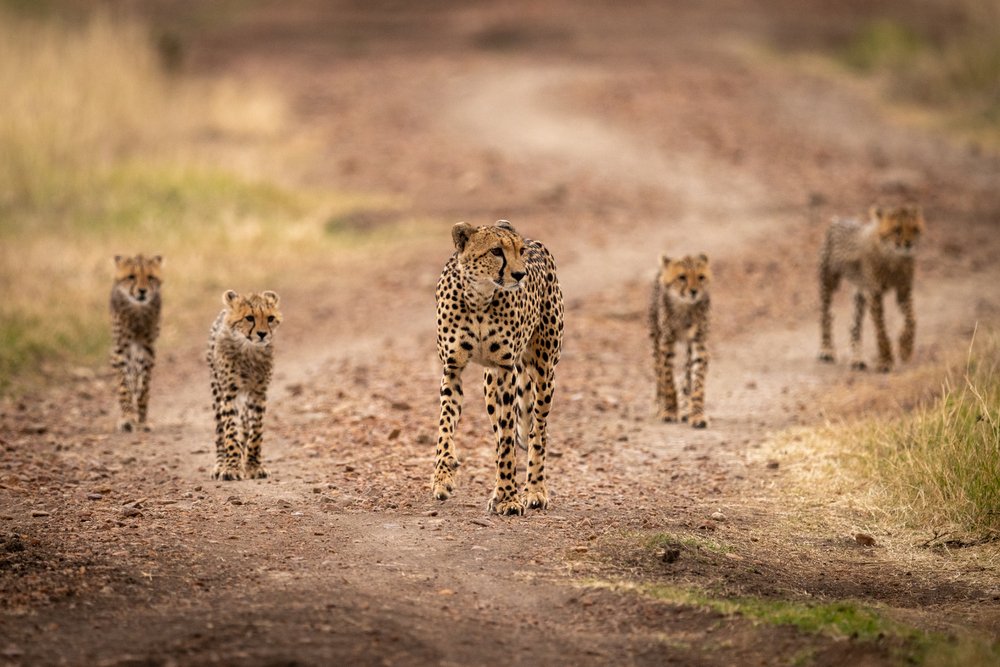
Cheetahs have extremely low genetic diversity, making them more susceptible to diseases and reducing their adaptability to changing environments. This genetic bottleneck limits their reproductive success and long-term survival. Efforts in conservation focus on genetic research to better understand and mitigate these challenges.
The Remarkable Cheetah Coat
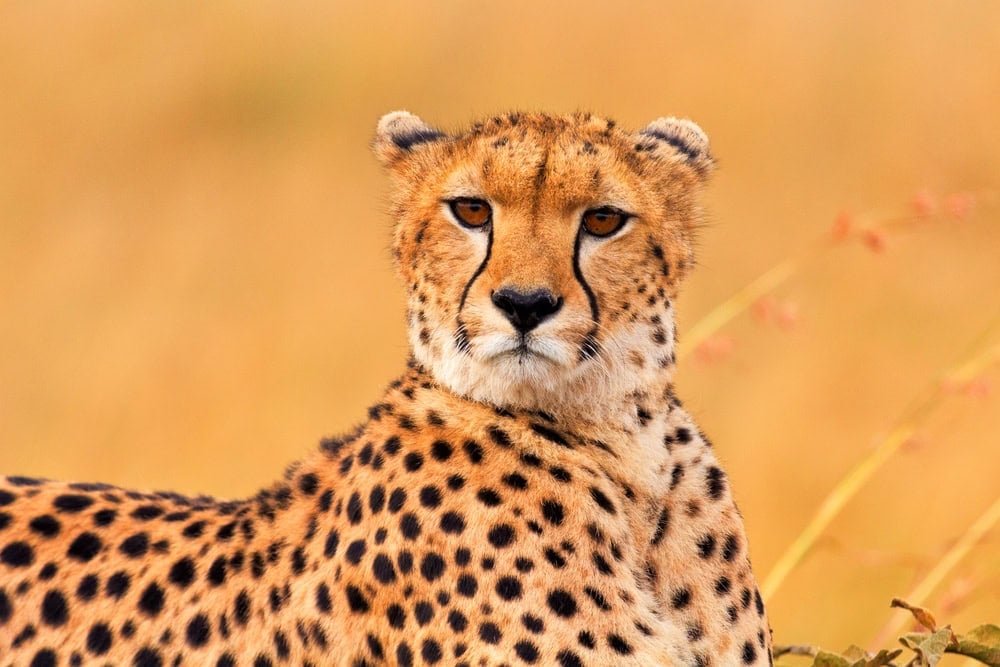
The cheetah’s coat features round black spots across its body and distinct black “tear marks” that run from the inner corners of their eyes down to their mouths. This unique pattern not only aids in camouflage but also distinguishes cheetahs from other big cats, who have rosettes or stripes instead of solid spots.
Conclusion: Appreciating the Unique Cheetah

Cheetahs are indeed unique members of the big cat family, displaying features and behaviors distinct from their more robust relatives. Understanding and appreciating these differences is crucial for their conservation and survival. Recognizing the vulnerabilities and special adaptations of cheetahs allows us to advocate better for measures that ensure these incredible animals continue to grace our planet.






